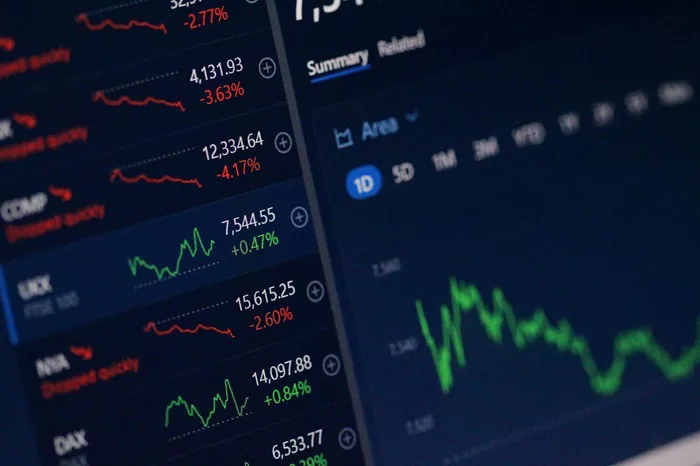With mounting impatience over the returns from AI investments, investors are on the lookout for the next big thing. In the interim, Morgan Stanley suggests that focusing on high-quality defensive stocks might be a prudent strategy.
AI’s Diminished Luster and Semiconductor Sector Decline
Mike Wilson, Morgan Stanley’s chief U.S. equity strategist, highlighted in a Tuesday interview with Bloomberg Surveillance that the “AI dream” has lost some of its shine. He assesses the AI sector’s cooling by examining not just leading companies like Nvidia but the broader semiconductor industry.
Impact of AI Hype on Semiconductor Stocks
The semiconductor sector has experienced nearly a 7% decline since Nvidia’s earnings report fell short of elevated investor expectations. Nvidia, in particular, has seen its share price drop by approximately 13% in the aftermath. Wilson attributes this downturn to an overvaluation of the AI sector.
Long-Term Outlook for AI Industry
Despite the recent slump, Wilson remains optimistic about the long-term prospects for the AI industry. He does not foresee an immediate change in productivity but believes that the sector will eventually yield substantial benefits and returns.
Shift to Defensive Stocks Amidst AI Uncertainty
With the AI rally losing momentum, Wilson notes that investors are now turning their attention to quality defensive stocks. In the absence of a compelling new growth theme, the market is seeking refuge in sectors that offer stability and resilience.
Recommendations for Defensive Stock Investments
Wilson recommends investing in defensive stocks within sectors such as utilities, consumer staples, and healthcare. These areas are expected to perform well, especially in a slowing labor market, reflecting a late-cycle economic environment.
Morgan Stanley’s Updated Investment Strategy
In line with this strategy, Wilson’s team has added three new quality defensive stocks to its “Fresh Money Buy List,” which now includes a total of nine stocks. This adjustment underscores a shift towards safer investment options while awaiting new market trends.
Related Topics:

